Saving rhinos: What are the best policies to ensure megafauna survival?
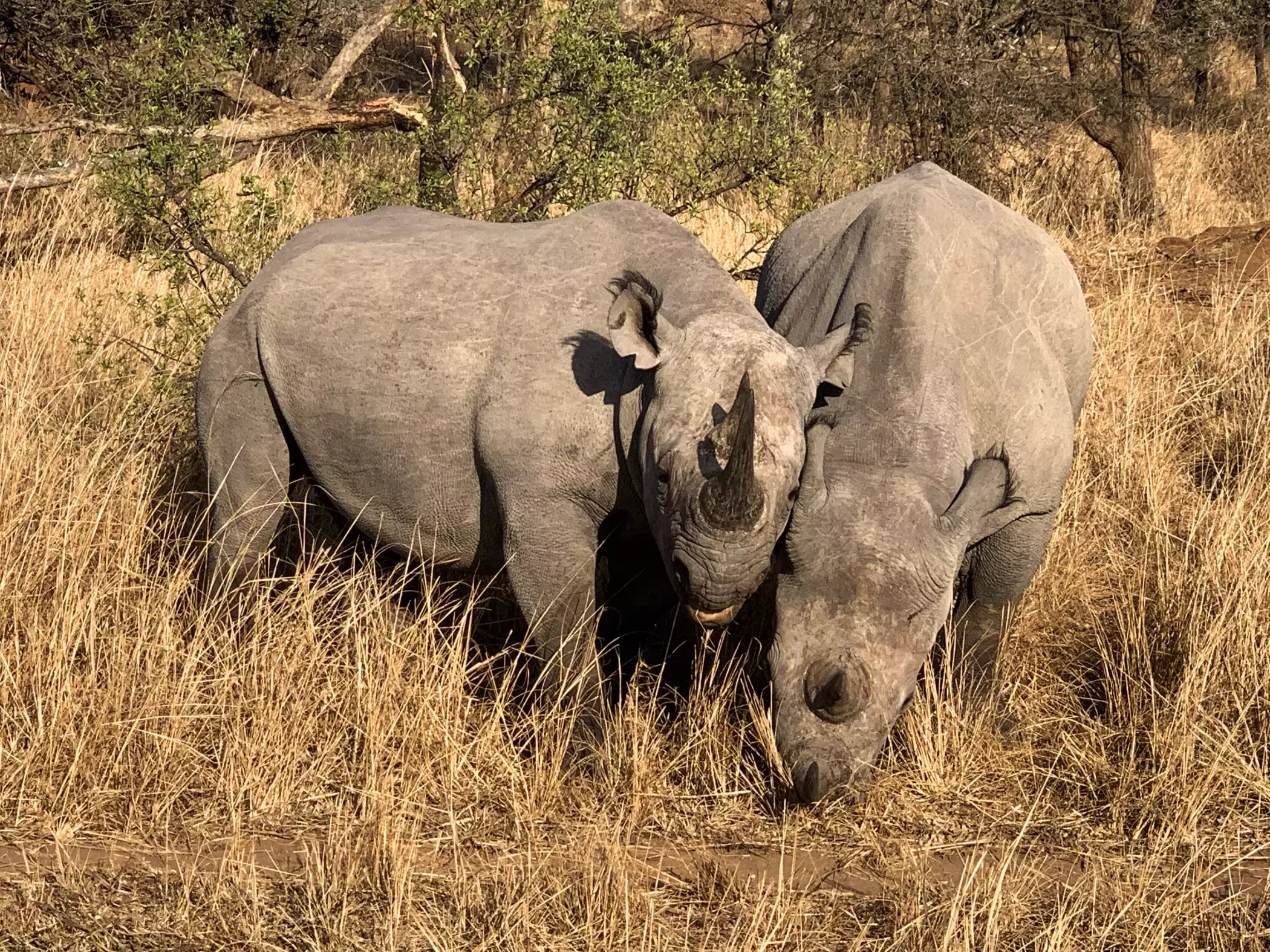
Over 250 years, nine megafauna species have already become extinct, including two types of giant tortoise and two varieties of deer.
This happened during an age where most of us we understand the importance of animal conservation and the delicate balance that all living things bring to our ecosystem.
So, what’s the gap between knowing megafauna are endangered, and taking the necessary steps to ensure their survival?
Rhinos have been a flagship for animal conservation for a while now, a symbol of all endangered species that need protection. Whether by excessive hunting, habitat loss or lack of reinforced conservation efforts, rhino populations have been widely exterminated, with two of the world’s five species on the brink of extinction in Asia.
In his new study, Michael ’t Sas-Rolfes delves into the string of factors that influence the success of conservation efforts for these majestic creatures in Africa.
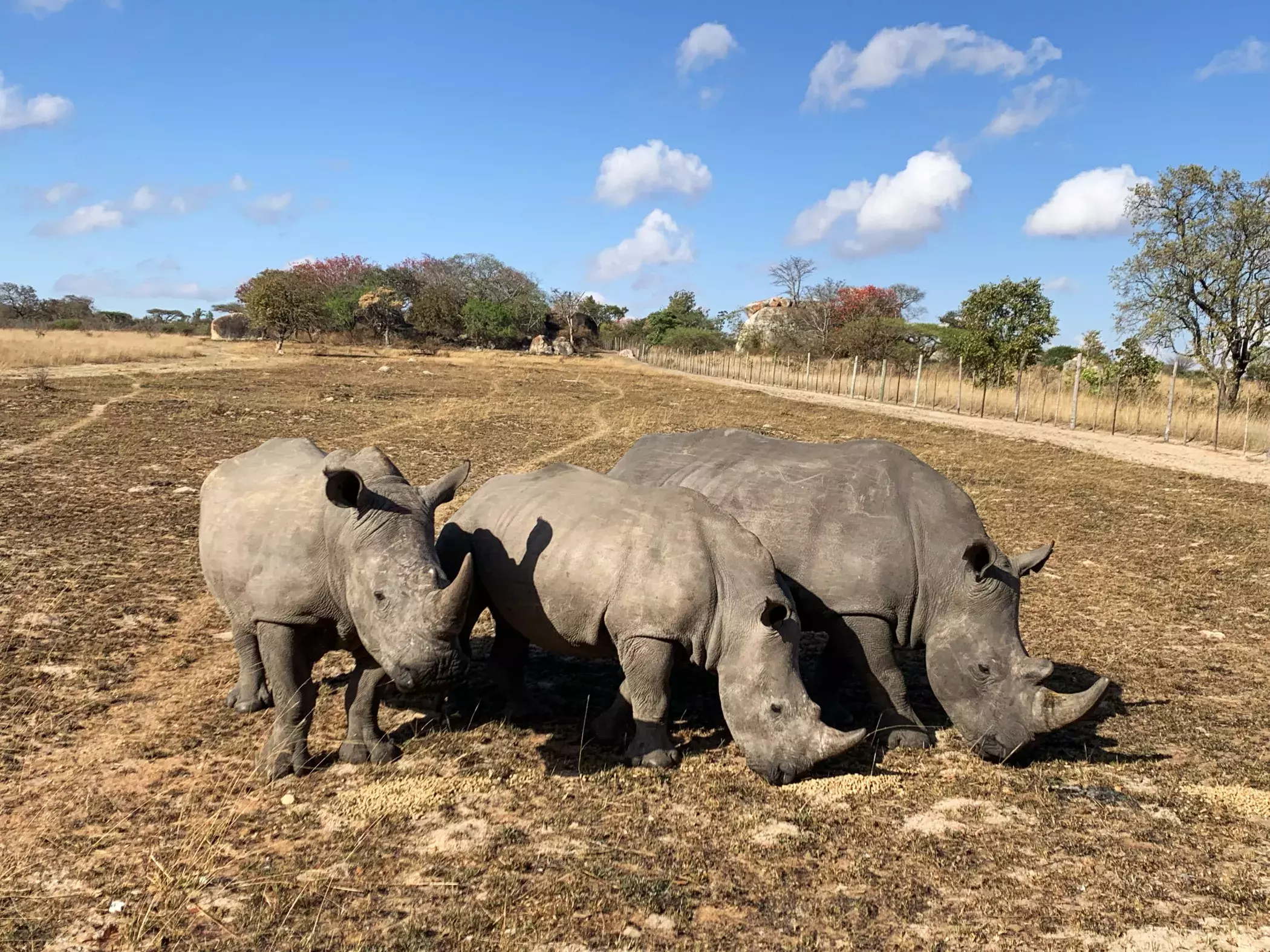
What’s happening with Rhinos?
Poaching remains a critical threat to rhinos everywhere. The real-life “unicorns” have been hunted down for centuries because their horns are prized in some Asian markets for both ornamental and traditional healing purposes. The horn market price has only been rising since the mid-1970s creating the economic incentive for poaching. This high demand directly affects conservation efforts as rhino populations need closer monitoring and increased security to survive. A group of poachers can easily take down a small crash of rhinos, killing them only to harvest their horns.
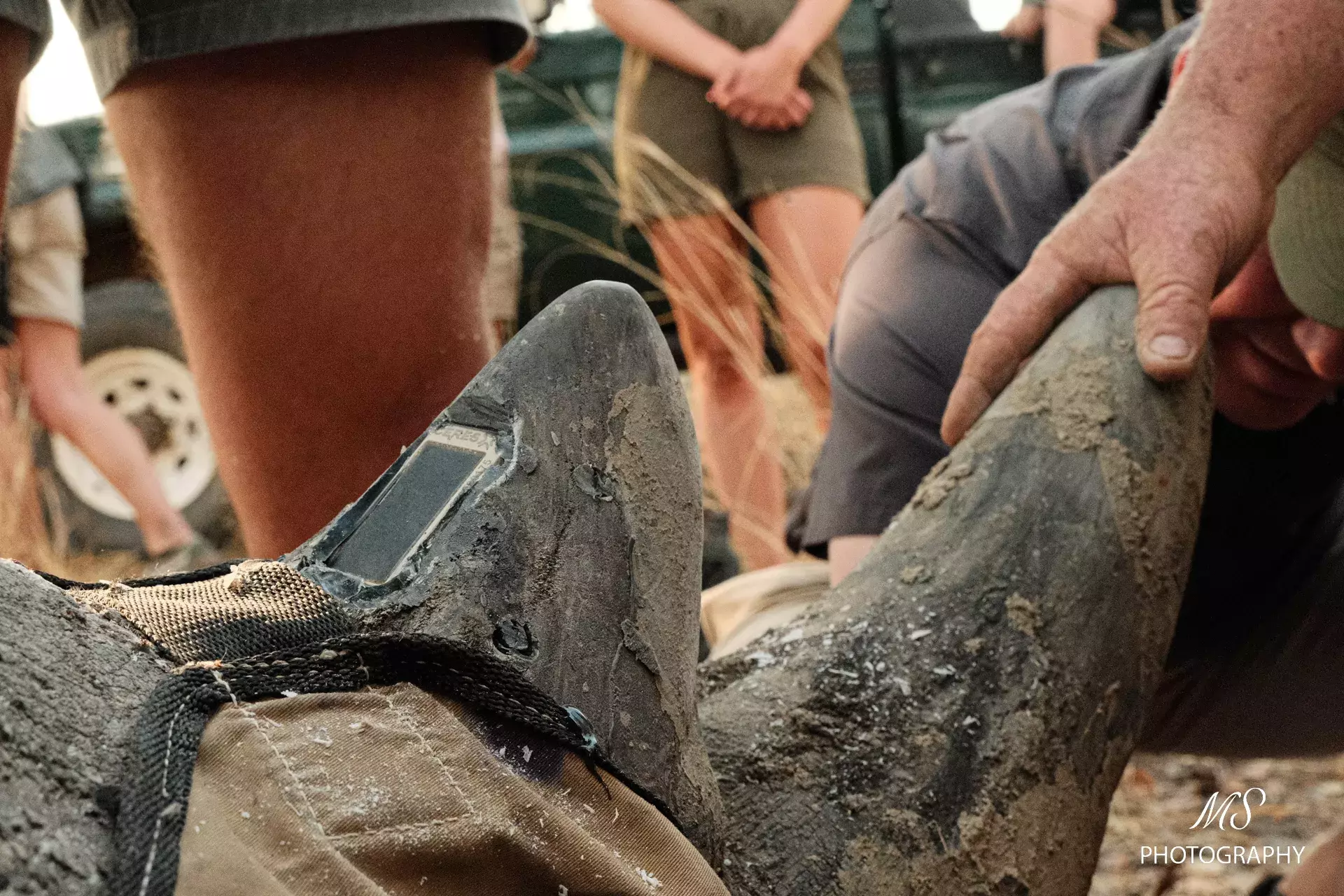
So how can we protect rhinos?
Rhino conservation success has varied greatly across Africa and four countries stand out, being South Africa, Namibia, Zimbabwe, and Kenya. These countries have adopted different approaches – Kenya banned all hunting in 1977 and allows only photographic wildlife tourism, while South Africa and Namibia have enabled legal safari hunting in a way that supports conservation. However, all four countries have one thing in common: they enabled meaningful devolution of rights and collaboration with conservation partners in civil society. Other African countries that continued to treat rhino conservation as a central government function only ended up with very few, if any rhinos, losing them all to poaching.
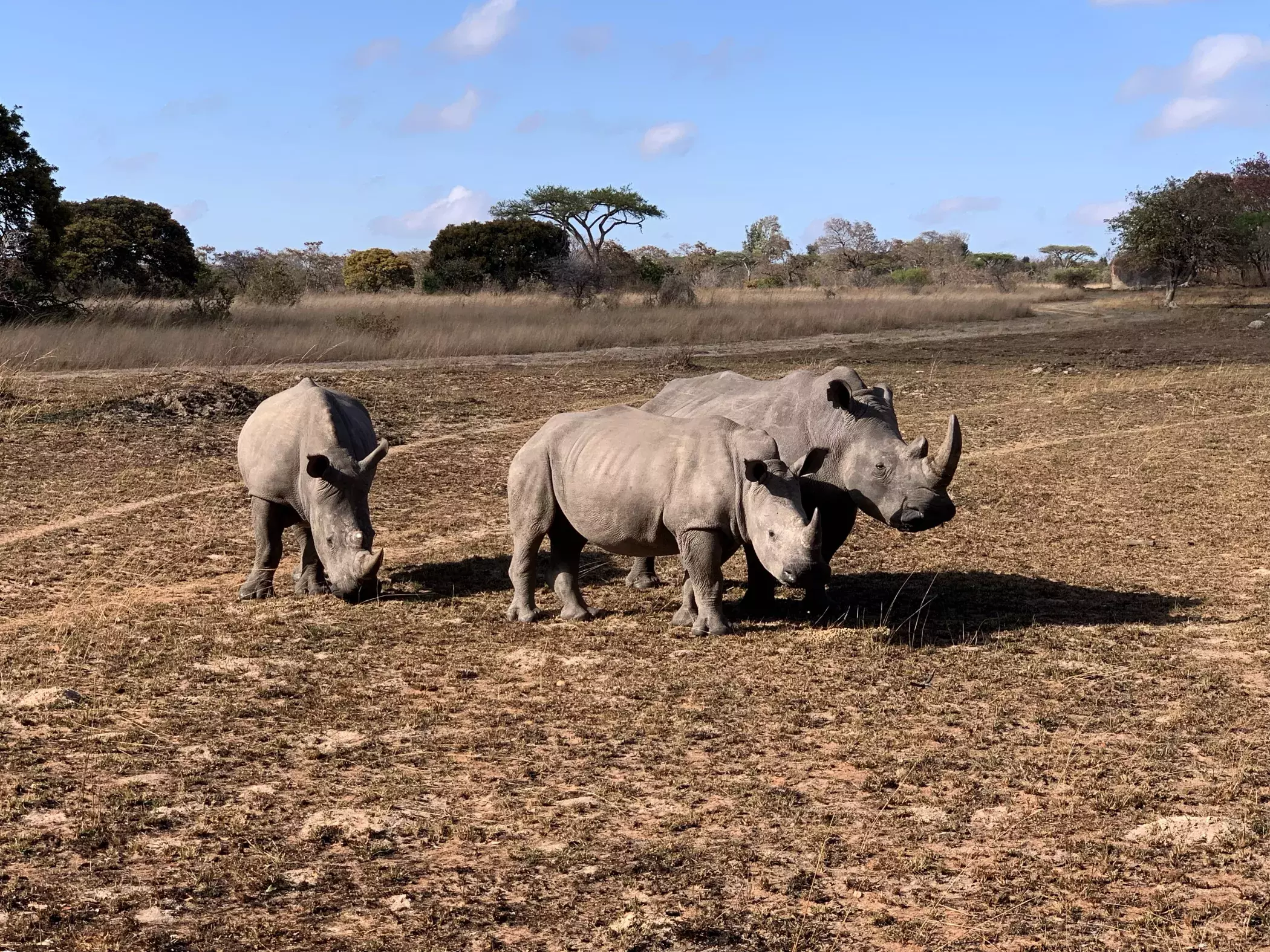
Policy Interventions
What explains the success of the devolution approach? Institutional economics, which looks at property rights, market prices, and incentives, provides the tools to understand this. Giving local people rights (and responsibilities) and allowing them to benefit from having a stake in wildlife can motivate them both psychologically and economically, creating a sense of stewardship. Local communities are vital allies in preventing poaching. Without their support parks remain under pressure and have had to resort to drastic measures such as dehorning as the most viable way to protect their animals.
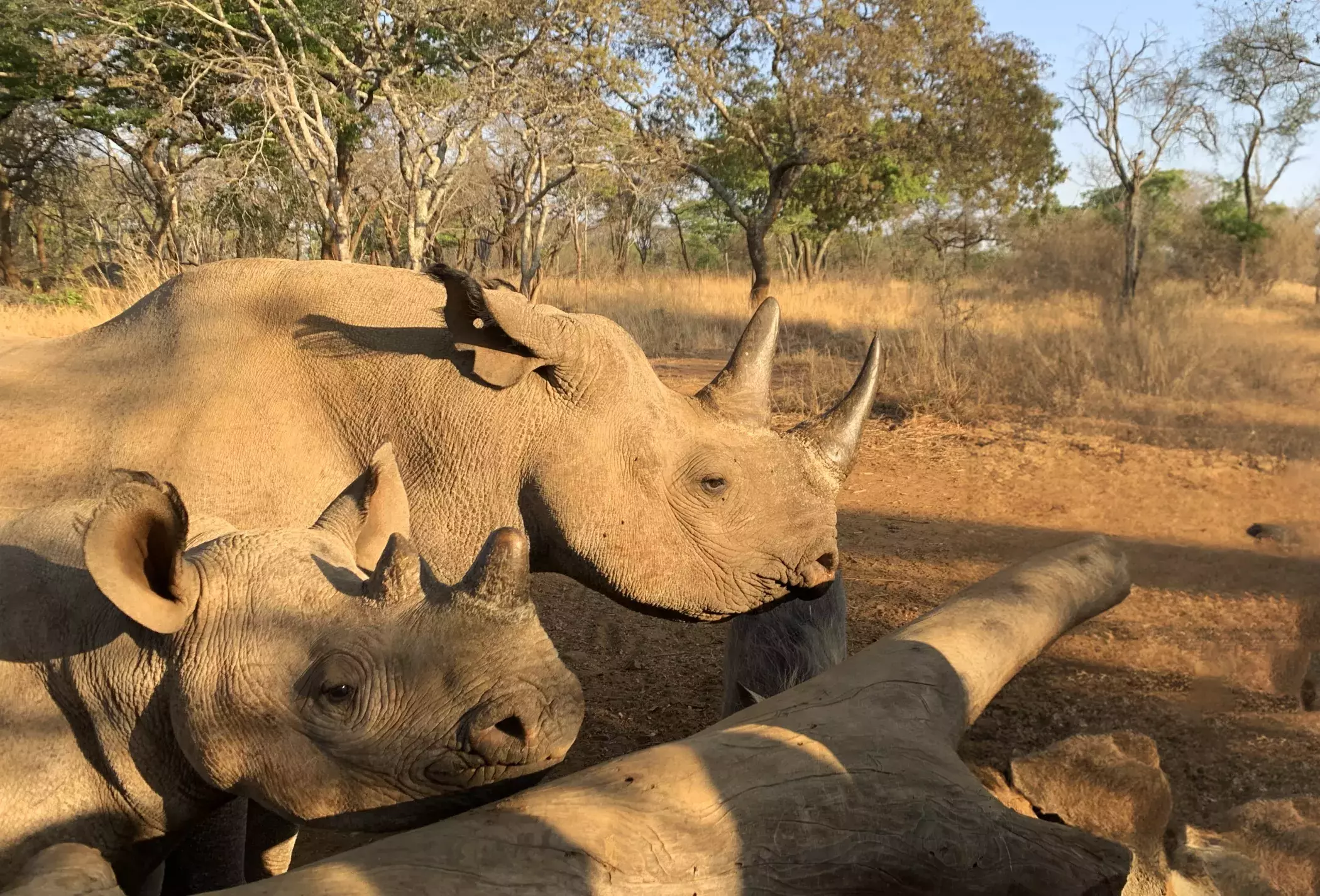
The Need for a Holistic Approach
To address the rhino crisis effectively, several actors must collaborate to share their knowledge and experience. NGOs, government, private actors, and local communities should work together to find the best solutions to ensure that African rhinos survive.
A great example of such cooperation is the Imire Conservancy, in Zimbabwe, a privately owned conservancy whose goal is to ensure endangered wildlife is safe through a combination of efforts that involves cooperating with NGOs, the government and local communities. They build their practices on gathering knowledge from all sources to ensure the continued protection of rhinos and other wildlife, creating an environment where species can thrive in wild-like conditions while being monitored and kept safe.
By opening their gates to volunteer tourism, they expand their reach and raise awareness of protecting endangered wildlife like the rhinos. It’s obvious how much they care for the rhinos and how delighted they are to share their knowledge of all the species currently living in the conservancy.
